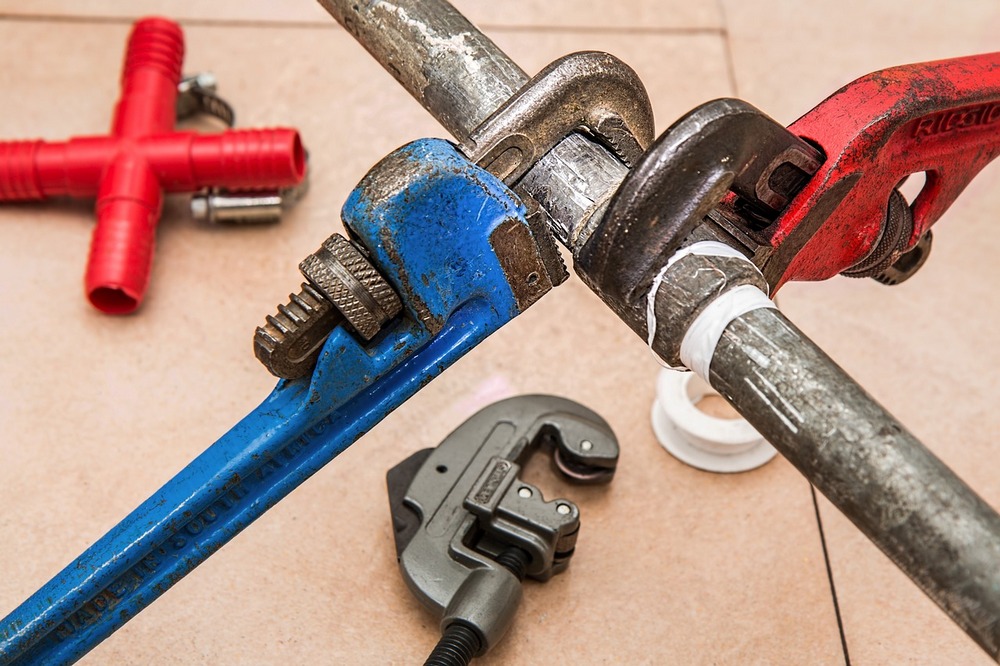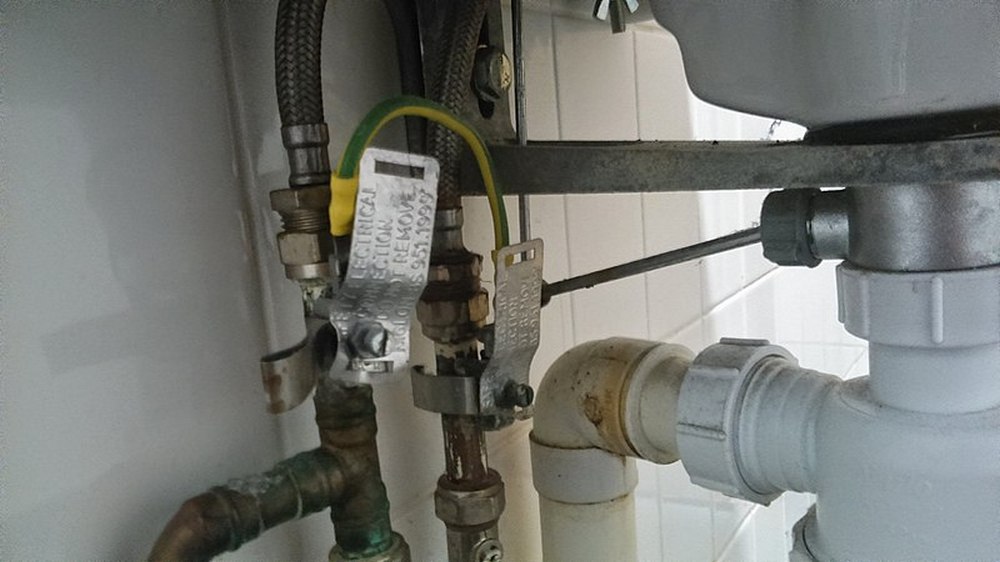Dealing with plumbing problems is never enjoyable, regardless of your location. When issues escalate, you’re pressed for time to address them promptly. Neglecting them can lead to significant property damage. To aid in proper assessment, we will discuss signs indicating the need to upgrade or replace your plumbing system.
Contents
Key Indicators It’s Time to Replace Your Plumbing
Plumbing failures have various reasons, with common culprits being aging, lack of maintenance, temperature fluctuations, and faulty components. Believing in plumbing myths can also hinder the situation. Despite pipes being engineered for long-term use, reaching twenty years does not automatically render them unusable.
Nevertheless, there are instances where upgrading or replacing becomes inevitable. In this discussion, we will outline those scenarios and highlight when seeking professional assistance is crucial.
Pipe Material
Depending on the construction year of your residence, the plumbing system likely consists of various materials. Modern systems typically feature brass, copper, or PVC pipes, while older structures used cast iron, lead, and galvanized steel.
Regardless of the material, each type of plumbing has a distinct lifespan that’s important to consider for potential upgrades. Galvanized steel Brass and cast iron last 80 to 100 years, copper endures 70 to 80 years, and PVC piping survives 24 to 50 years.
This isn’t usually a concern in new buildings, but identifying the pipe material is advisable for older homes. Even if the pipes are relatively new, considering a preventive maintenance plan can help prevent future issues.
Lead pipes pose significant health risks due to lead toxicity. In large amounts, consumption, especially by children or adults, can have severe consequences. Testing can determine lead levels, and if they exceed recommended limits, immediate water usage cessation is necessary.
Low Water Pressure
Identifying the root cause of low water pressure in the shower or sink can be challenging. It could be a simple plumbing clog or pipe leak diminishing water flow. These leaks may harm the foundation and frame, leading to wood decay and mold.
Mold affects air quality, often necessitating additional devices like an air purifier to resolve the issue. Initially, attempting basic drain cleaners can help. For issues regarding plumbing, call a plumber or qualified expert.
The Quality of Your Water Has Deteriorated
Leaky plumbing fixtures create an environment for mold and bacteria. Replacing them when they reach the end of their lifespan enhances your water quality. Generally, plumbing fixtures are built to last between 15 to 20 years, but this lifespan assumes optimal conditions.
Fixtures tend to endure for two decades in homes without excessively hard water, where they’re not overused, and where issues like leaks and rust are absent. In most households, however, people frequently deal with leaking faucets, misuse, overuse, and slow corrosion.
Waiting two decades to replace your plumbing fixtures could significantly degrade your home’s water quality. Depending on where your outdated fixtures are, this could result in unsatisfactory water quality for:
- Bathing and showering
- Drinking
- Washing personal items
- Cooking
If your taps produce rusty, cloudy, or generally murky water, it’s likely due to old fixtures.
Mold or Pest Problems
If you’re facing persistent mold issues at home, the key is to pinpoint and remove the source. Indoor mold often stems from a slow or hidden leak, which is frequently found at faucets. Even if a faucet leak is quiet and doesn’t disrupt your sleep, adding moisture indoors can lead to significant issues.
These leaks can saturate materials and create stagnant water pools depending on their location and speed. Swapping out leaky faucets can result in drier cabinets and sinks, reduced indoor moisture, and fewer mold problems.
Understand that old, leaky fixtures can attract pests. While people are careful with food storage, pests like rodents and insects seek water sources when entering homes. A leaking faucet might invite rats, mice, or cockroaches, even in a clean home.
If you’ve faced pest issues before or are dealing with an infestation now, replacing old fixtures can be vital in cutting off water access and eliminating pests for good.
Cracks
Some signs indicating a need for pipe replacement may be challenging to identify, but this isn’t one of them. A crack in your pipes will be easily noticeable – especially if it’s visible and water is seeping out.
What if the crack is concealed under a floor or behind a wall? The scenario remains similar. It’s just a matter of time before the water saturates the wall or floor, making the damage evident.
It should be unnecessary to explain the importance of addressing any wet areas in your home. If not promptly addressed, ignoring such issues can result in severe damage or mold growth, a situation you definitely want to avoid.
Leaks
A pipe doesn’t need to be cracked to leak. A loose connection can cause water to escape. The leakage may be minimal, but over time, it can escalate. You don’t have to hire a professional for every household issue.
With some knowledge and the right tools, DIY home improvements are viable. Some tasks are manageable independently, like fixing a leak in exposed plumbing. Those experienced in DIY projects should find it straightforward.
However, if the pipes are in poor condition, attempting repairs might worsen the situation, leading to larger issues. If uncertain about their condition, seek professional assistance to prevent further damage.
Detecting wet areas in the house is crucial. Ignoring them can result in severe damage or mold growth, which is undesirable.
Unpleasant Smells Tell You To Inspect Your Plumbing
Unpleasant odors are signs of underlying issues, and using scented candles as a quick fix won’t address the root cause. Detecting the scent of stagnant water or mold alerts you to potential water pooling problems.
A leaky toilet emits a distinct unpleasant odor. This indicates the need for repair or replacement, which could stem from a faulty wax seal or loose bolts causing water leakage. Regularly inspect areas behind dishwashers, laundry machines, and other appliances to prevent leaks.
Foul sewage smells demand attention, with solutions ranging from a dry floor drain water seal to complex issues like a clogged or damaged sewer line. A cracked or leaking stack, the large pipe transporting waste from toilets to the sewer line, may also be at fault.
Older homes may have cast iron or galvanized stacks that will eventually require replacement. If you observe sewage backup or a putrid odor, seek professional assistance promptly.
Endnote
If you notice any of these indicators, you must contact a skilled plumber to thoroughly evaluate your plumbing system and assess if replacement is needed. While investing in a new plumbing system may require a substantial sum, it can cut costs in the future by preventing expensive repairs, lowering water bills, and enhancing your home’s safety and functionality.



